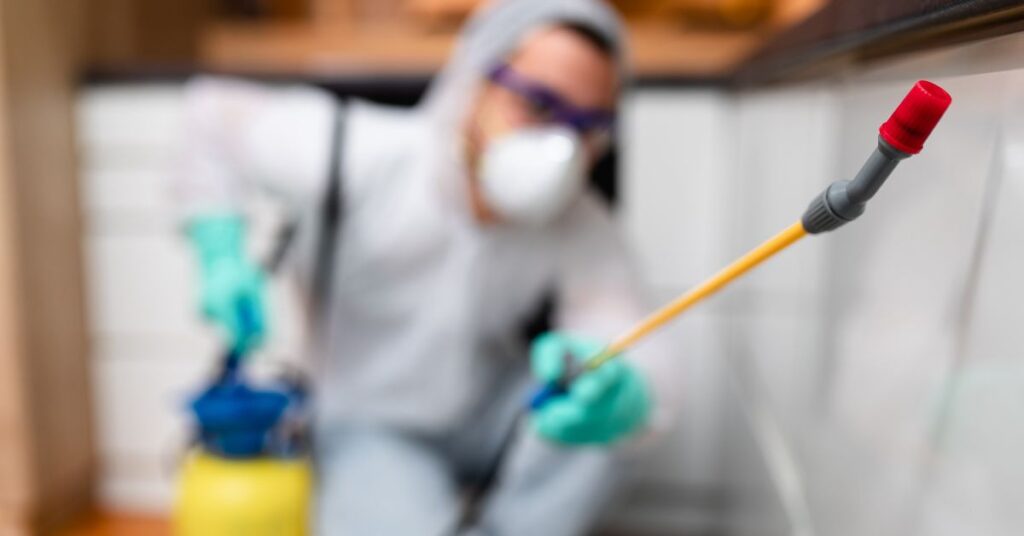Top 5 Pest Infection Control Guidelines
In 2020, the world was taken by storm when the Coronavirus, aka the COVID-19 pandemic arose and sent us into a lockdown. Across the globe, most were unable to go about their daily lives and lifestyles were changed in their entirety.
With jobs firing more and more people due to budget cuts and with other companies creating work-from-home environments, it’s no wonder that guidelines had to be placed in order to tackle such a strong pandemic during such a difficult time, where people’s health, society, economics were all at risk.
Even with the pandemic receding, healthcare is not a joke. So here are 5 Infection Control guidelines as certified by the Center for Disease Control (USA), but can also be applicable for areas like Melbourne.
Hand Hygiene
The CDC recommends hand hygiene as one of the most, if not the most important measures to prevent the spread of communicable diseases. Education and training programs should thoroughly address indications and techniques for hand hygiene practices before performing any other procedures.
Water, and plain antimicrobial soap can be used for cleaning of one’s hands. It is important to follow the manufacturer’s label for instructions. Perform hand hygiene when the hands are visibly soiled, and after barehanded touching of instruments, equipment, materials, or other objects contaminated by bodily fluids. Always use soap or alcohol-based hand rubs.
Protective Personal Equipment
Should a serious outbreak of any disease be present in your home, especially dangerous ones like the coronavirus, it is recommended to use protective personal equipment without delay.
Use gloves in situation involving possible contact with bodily fluids including but not limited to blood or mucous. Use protective clothing to protect your skin against the very same. Masks and eye protection are also highly recommended for the protections against the very same.
Remember to keep your hands away from the face. Limit the touching of various surfaces, especially ones likely to be touched by other individuals in the event that they might be contaminated by microbes.
Please remove all protective personal equipment upon leaving the premises and remember to perform proper hand hygiene after the use of protective personal equipment. Cover any breaks in the skin with waterproof dressing to protect them from pathogens within the environment
Respiratory Hygiene
Respiratory hygiene infection prevention is design to limit the transmission of various contagions through the air or through droplets. Implement measures to contain respiratory secretions in patients and accompanying individuals who may have signs and symptoms of respiratory infections, beginning at the point of entry to the location and continuing throughout the visit. Cover noses and mouths when coughing or sneezing with the inside of your arm..
Use and dispose of tissue paper immediately. Perform hand hygiene after the hands have been in contact with respiratory secretions. Provide tissues to others, as well as masks to symptomatic patients or coughing individuals, and space for individuals with respiratory symptoms to sit far from other individuals within your household.
Patient care equipment and personal items
When possible, dedicate any use of noncritical patient care equipment to a single patient to avoid sharing between patients. If use of common equipment is unavoidable then adequately clean and disinfect the items before use for another patient. If needed, place the patient in a private room. If one is not available, only place a patient within the same room as another patient with the same illness.
This is known as cohorting. Cohorting will also allow you to share devices between patients that have been diagnosed with the same illness. In a similar fashion, personal belongings and items should also be cleaned and not shared between people of the family. This includes but is not limited to objects like combs, brushes, towels, toothbrushes, razors, and many other personal items.
Organization and clutter
Avoid clutter wherever possible. Your home is supposed to be organized. Keep your cleaning supplies in one area where it’s easy to find but make sure to keep cleaning agents away from children. Keeping your environment clean will allow you to make it easier upon yourself and the other occupants of your home to clean up and make sure to keep things sanitary within your premises. Similar guidelines are followed more stringently in hospitals.
Following these guidelines can be the difference between life and death if followed properly. Disinfection is extremely important and if things get out of hand, it is important to disinfect.
If all else fails, however, there is hope. You need not fight the infections within your own home alone. We, at Home Safe, have what it takes to give you the proper safety from such diseases. Should you require further assistance from infection controls and the methods mentioned above are not enough to prevent the spread of communicable diseases, look no further.
We, at Home Safe, provide excellent support for all your infection and pest control needs. We are the leading infection and pest control service in Melbourne. Home Safe will also provide you proper extermination, and pest treatment in Melbourne is just one of the many different services we have at our disposal.
Your home is a safe space. Let these infections not invade your life and harm you and your loved ones. Keep your surroundings safe. We at Home Safe will offer you the best protection.

